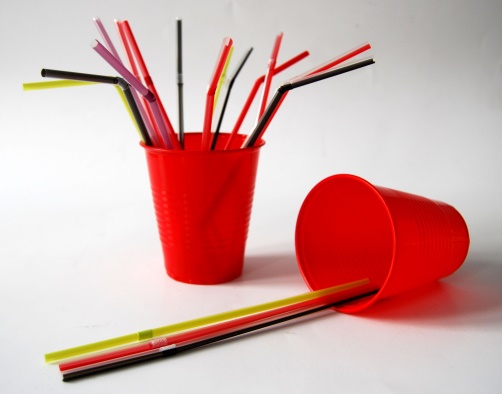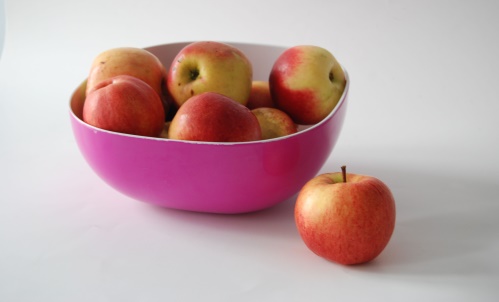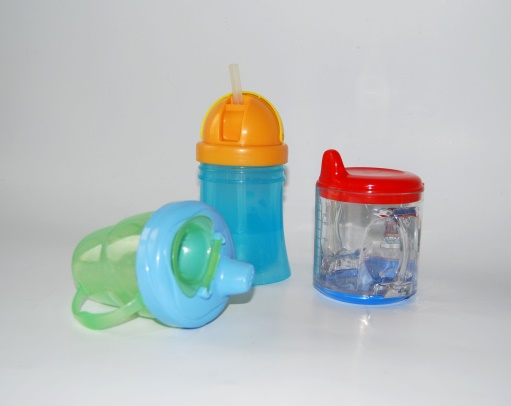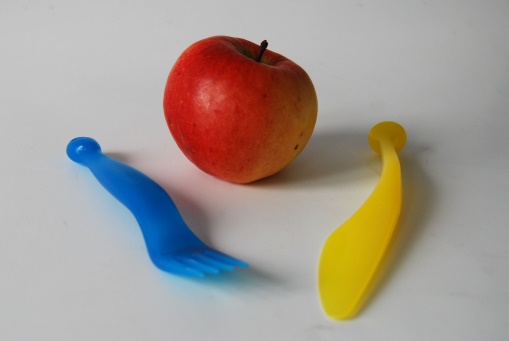|

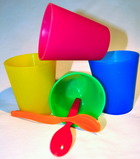


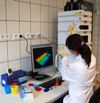


|
- toys,
- books and school supplies,
- soothers, cutlery as well as feeding and drinking equipment,
- childcare articles,
- wheeled child conveyances, cribs, bicycles, baby walking frames, inclined cradles, baby carriers, high chairs, playpens, changing units and braces,
- materials used for manufacturing of products intended for children, including: plastics, wood, fabrics and paints, lacquers, impregnates, leather, colourants, enamels and metal elements,
- electric and electronic equipment,
- packaging,
- articles intended for contact with food.
Scope of tests includes:
- content determination of: PAHs, benzene, pentachlorophenol, phthalates and cadmium, lead, dimethyl fumarate and primary aromatic amines released from azo dyes, according to the requirements of the Regulation of the European Parliament and European Council (EC) No. 1907/2006 (REACH),
- testing the migration of bisphenol A, nickel and the content of TCEP, TCCP, TDCP according to the Directive No. 2009/48/EC,
- migration of elements such as: aluminium, antimony, arsenic, barium, boron, cadmium, chromium (III), chromium (VI), cobalt, copper, lead, manganese, mercury, nickel, selenium, strontium, tin, organic tin and zinc, according to the requirements of the PN-EN 71-3 Standard,
- content determination of primary aromatic amines, dyes, formaldehyde and testing the migration of monomers and plasticizers, according to the requirements of PN-EN 71-9, 10, 11 and PN-EN12586 Standards,
- content determination of volatile substances and testing the migration of antioxidants, mercapto-benzothiazole, bisphenol A and formaldehyde, according to the requirements of PN EN 1400, PN-EN 14372, PN-EN 12586, PN-EN 14350 and PN EN 1930 Standards,
- testing the global and specific migration of bisphenol A, primary aromatic amines, formaldehyde and certain elements, according to the requirements of the Commission Regulation (EU) No. 10/2011,
- content determination of mercury, lead, cadmium, chromium (VI) and polybrominated biphenyl (PBB), polybrominated diphenyl ether (PBDE) and phthalates, according to the requirements of Directive No. 2011/65/EC (RoHS II),
- amount determination of the released of nickel amount, according to the Regulation of the European Parliament and Council No. 1907/2006 (REACH),
- content determination of lead according to ASTM F963-11,
- content determination of SCCP according to the requirements of the Regulation (EC) No. 850/2004.
|






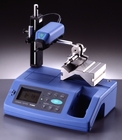 surface waviness and/or roughness
surface waviness and/or roughness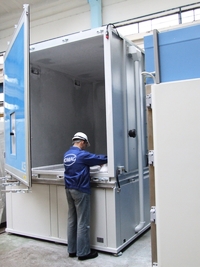 casings of machines and equipment,
casings of machines and equipment,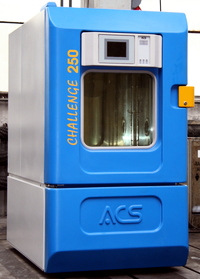 impact of climatic and environmental conditions on operation of machines and equipment in low and high temperatures,
impact of climatic and environmental conditions on operation of machines and equipment in low and high temperatures, 